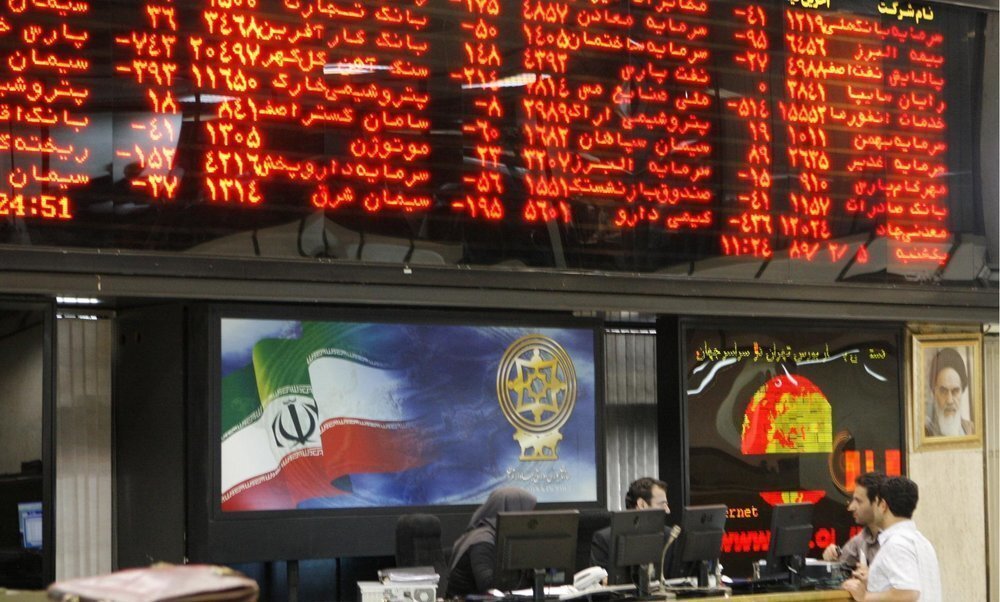
Over $309m of state-run shares divested in H1

On September 19, Iranian Finance and Economic Affairs Minister Farhad Dejpasand said the government should amend its policies and methods of setting the prices and transferring the shares in the process of privatization.
Making the remarks during a ceremony for introducing the new head of Privatization Organization, Alireza Saleh, the minister said: “We investigated the cases of blame on the privatization processes; all transferring trends have been conducted based on the regulations and were complying the laws.”
In its planned budget for the current Iranian year (ends on March 19, 2020), the Iranian government expects to earn some 106 trillion rials (about $2.5 billion) of income from divesting shares of state-run companies to the private sector.
In Iran, implementation of a privatization plan aimed at more productivity, investment making, job creation, promotion of trade balance, more competition in the domestic economy, and reducing financial and management burden on the government has been under the spotlight over the past decade.
The law on the implementation of the general policies of Article 44 of Iran's Constitution on privatizing state-owned companies was declared in 2006 in a bid to downsize the government and promote the private sector’s role in the national economy.
The government envisioned a large privatization program in the Fifth Five-Year National Development Plan (2010-2015), aiming to privatize about 20 percent of the state-owned firms each year. Under the present interpretation of Article 44, some state-owned companies have been privatized to reduce their financial burden on the country’s budget and also increase their productivity.
Downsizing the government is on the agenda, but a number of factors have been hindering privatization trend in the country, among them, government’s high interference in the management of the transferred companies is a challenging one.


Trump weighs using $2 billion in CHIPS Act funding for critical minerals

Codelco cuts 2025 copper forecast after El Teniente mine collapse

Electra converts debt, launches $30M raise to jumpstart stalled cobalt refinery

Barrick’s Reko Diq in line for $410M ADB backing

Abcourt readies Sleeping Giant mill to pour first gold since 2014

Nevada army depot to serve as base for first US strategic minerals stockpile

SQM boosts lithium supply plans as prices flick higher

Viridis unveils 200Mt initial reserve for Brazil rare earth project

Tailings could meet much of US critical mineral demand – study

Kyrgyzstan kicks off underground gold mining at Kumtor

Kyrgyzstan kicks off underground gold mining at Kumtor

KoBold Metals granted lithium exploration rights in Congo

Freeport Indonesia to wrap up Gresik plant repairs by early September

Energy Fuels soars on Vulcan Elements partnership

Northern Dynasty sticks to proposal in battle to lift Pebble mine veto

Giustra-backed mining firm teams up with informal miners in Colombia

Critical Metals signs agreement to supply rare earth to US government-funded facility

China extends rare earth controls to imported material

Galan Lithium proceeds with $13M financing for Argentina project

Kyrgyzstan kicks off underground gold mining at Kumtor

Freeport Indonesia to wrap up Gresik plant repairs by early September

Energy Fuels soars on Vulcan Elements partnership

Northern Dynasty sticks to proposal in battle to lift Pebble mine veto

Giustra-backed mining firm teams up with informal miners in Colombia

Critical Metals signs agreement to supply rare earth to US government-funded facility

China extends rare earth controls to imported material

Galan Lithium proceeds with $13M financing for Argentina project

Silver price touches $39 as market weighs rate cut outlook

















